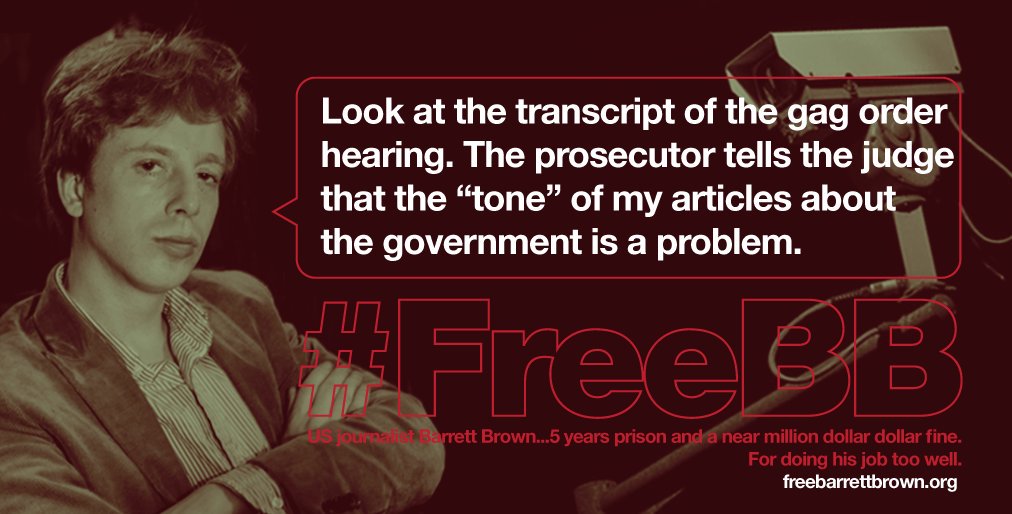‘Sniffers & taps on journalists’: WikiLeaks publishes emails as whistleblower Brown is paroled

 WikiLeaks
Επαληθευμένος λογαριασμός
WikiLeaks
Επαληθευμένος λογαριασμός
 Edward Snowden
Επαληθευμένος λογαριασμός
Edward Snowden
Επαληθευμένος λογαριασμός

Among the revelations contained in the HBGary Federal emails was the company’s proposal to spy on Russia using mobile telephony and wireless “sniffers,” hinting at capabilities of the NSA before they were disclosed by whistleblower Edward Snowden in 2013.
 WikiLeaks
Επαληθευμένος λογαριασμός
WikiLeaks
Επαληθευμένος λογαριασμός
Sniffing and fake personas
In a July 2010 email exchange, HBGary executive Greg Hoglund proposed “sniffing” operations in Russia, targeting cell phone operators Mobile TeleSystems (MTS) and Vimpelcom.“NSA has all the collection resources you could imagine, CIA likewise has operatives coming out the wazooo. What they don't have is an ability to manage complex campaigns,” Hoglund wrote.
HBGary CEO Aaron Barr built upon the proposal by discussing the plan to infiltrate governments and groups using social media, by setting up fake “personas.”
“I will create a few personas for the executive members of the company so there can be some email traffic. You will at some point be able to use this guys [sic] accounts as compromised,” Barr wrote.
“If this looks too big we could probably pitch this as a whitepaper to either a large defense contractor like Mantech,” he added. After the 2011 hack and the resulting scandal, Barr had to resign, HBGary was sold to the Virginia-based ManTech, and the HBGary Federal subsidiary was shut down.
Collusion with Palantir
HBGary also worked with Palantir Technologies on a project targeting WikiLeaks and its volunteers, pitched to Bank of America before the whistleblowing organization released some of the bank’s documents.Palantir, a big data analysis company serving the US military and intelligence communities, was founded by Peter Thiel – now a major backer of President-elect Donald Trump and member of his transition team.
Part of the strategy was to go after journalists who supported the work of WikiLeaks – specifically naming Glenn Greenwald (now editor of The Intercept and instrumental in publishing the Snowden disclosures).
A December 2010 email from Barr to Palantir engineer Matthew Steckman gives a glimpse into how the presentation was put together.
 WikiLeaks
Επαληθευμένος λογαριασμός
WikiLeaks
Επαληθευμένος λογαριασμός
“These are established proffessionals [sic] that have a liberal bent, but ultimately most of them if pushed will choose professional preservation over cause,” Barr wrote. That exact line made it into the presentation, which also contained a detailed dossier on WikiLeaks co-founder Julian Assange.
Among the proposed strategies were “disinformation” and creating messages intended to “sabotage or discredit the opposing organization.”
“Submit fake documents and then call out the error,” the presentation proposed – a tactic used against WikiLeaks when it began publishing emails from Hillary Clinton’s campaign chair John Podesta in October.







